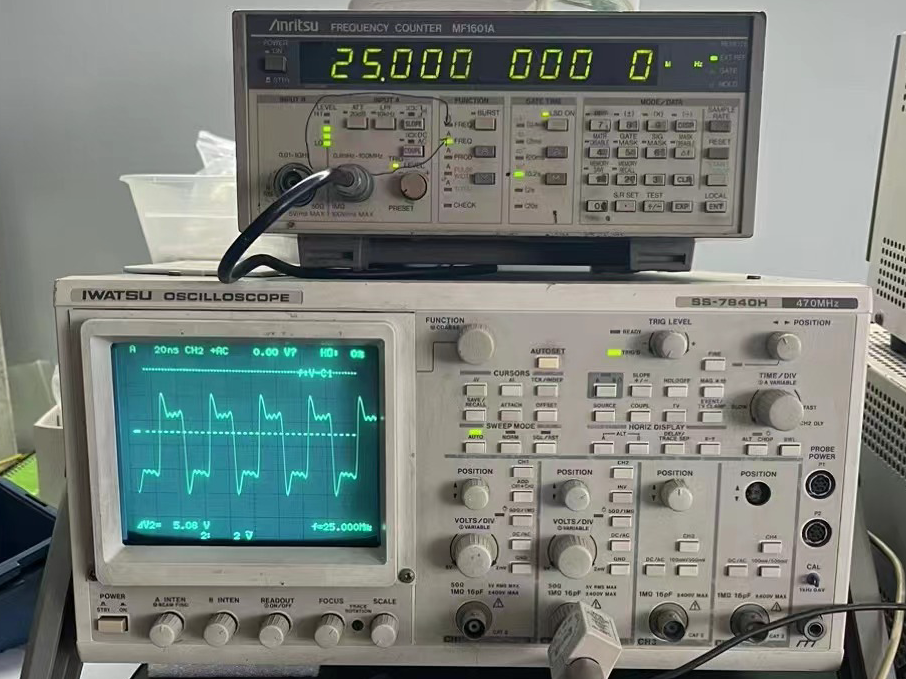
What is Tight Stability of Crystal Oscillator? 什么是晶体振荡器的超紧频率稳定性?
Tight frequency stability of a crystal oscillator specifies its frequency deviation from the nominal frequency over a given operating temperature range (°C) in a short period of time (usually 1 to 10 seconds). It is usually represented in ppm (parts per million) or ppb (parts per billion). The tight frequency stability is a parameter of the crystal oscillator that is usually mentioned in the datasheet with some manufacturers representing it as frequency stability (in ppm or ppb) of the crystal oscillator over the operating temperature range (°C).
晶体振荡器的超紧频率稳定性是指在很短的时间内(通常为1至10秒),在给定的工作温度范围(°C)内,其频率与标称频率之间的偏差。它通常以ppm(百万分之一)或ppb(十亿分之一)表示。超紧频率稳定度是晶体振荡器的一个参数,通常在数据表中提到,一些制造商表示为晶体振荡器在工作温度范围(°C)内的频率稳定度(ppm或ppb),即:温度频差。
For instance, consider a crystal oscillator with an output frequency of 12 MHz and have a tight frequency stability of ±10 ppm over a temperature range from -40 °C to +85 °C. A tight frequency stability of ±10 ppm means that the crystal oscillator frequency of operation can vary 120 Hz.
例如,考虑一个输出频率为12MHz的晶体振荡器,在-40°C至+85°C的温度范围内,频率稳定度为±10 ppm。±10 ppm的严格频率稳定性意味着晶体振荡器的工作频率可以变化120 Hz。
In other words, the actual output frequency of this oscillator is in between the 11999880 Hz and 12000120 Hz across the temperature range from -40 °C to +85 °C.
也就是说,在-40°C到+85°C的温度范围内,这款振荡器的实际输出频率在11999880 Hz到12000120 Hz之间。
Note:
An oscillation frequency at 25 °C is used as the reference point (i.e., frequency deviation (ppm/ppb) is zero at this temperature).
注:以25°C的振荡频率作为参考点(即频率偏差(ppm/ppb)在此温度下为零)。




